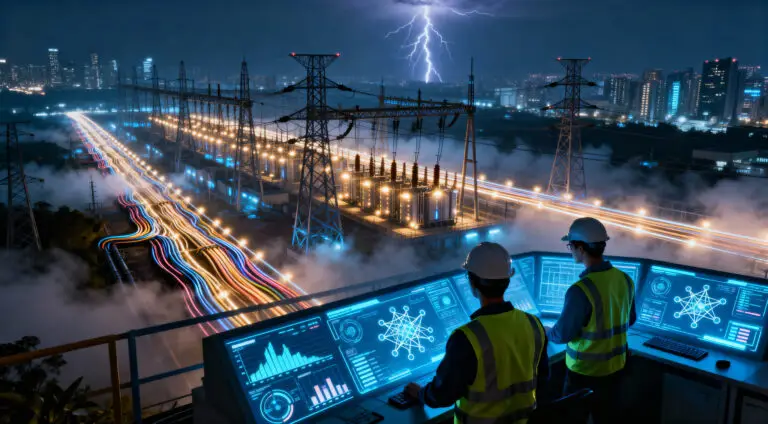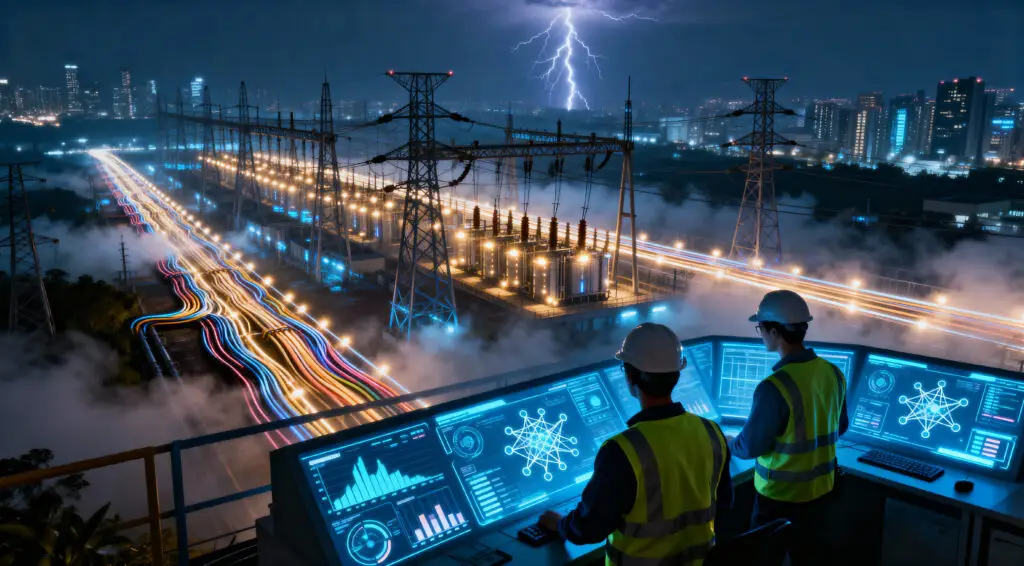While Spain, Portugal, and southern France grapple with the aftermath of aggressive power cuts enacted earlier this week, one of the big names in Bitcoin mining is making head-turning claims. Daniel Batten, co-founder of climate-technology investor CH4 Capital and advisory board member of Marathon Digital Holdings, has made the case that it was “highly unlikely” that the catastrophe would have occurred had there been large-scale, fast-acting Bitcoin mining facilities within the Iberian Peninsula’s power grid.
Critique of Energy Transition
Using social media platform X, he tried to debunk what he claims is the “partial” approach to Europe’s transition to renewable energy. He brought up a real-time power generation report posted on X, which he claims depicts the energy-generating picture from a grid perspective, showing very few resources available for spinning generation just five minutes before the avalanche started on the Iberian grid.
Incorporating Bitcoin Mining Into The Energy Grid
Batten raised the issue directly: “Would large-scale deployment of Bitcoin mining have resolved the power outages in Spain/Portugal?” His answer was straightforward: “Long answer: Yes.” Batten believes emitting conventional thermal generation plants provide critical inertia to the grid. However, “renewables don’t,” he says, which makes the grid more fragile without some very rapid load-balancing mechanism during supply outage contingencies. He insists Bitcoin miners offer precisely the type of controllable load needed. Texas was cited as an example, where its ERCOT system was said to have recorded 76% wind-and-solar penetration on one of the springs. Within that system, it was reported that grid managers have the capability to cut back approximately 3GW of mining consumption in “sub-second” times. Batten wrote this capability “consistently and instantly balance[s] frequency in lieu of spinning reserve.” He further argues this enables ERCOT to ride through demand and supply sudden mismatches, which would otherwise cause automatic protection systems—‘set and forget’ defenses—to activate mechanisms believed to cause the collapse of the Iberia grid.
The Dispute and Batten’s Position
Batten kept claiming that the recent blackout had nothing to do with renewable energy’s risk factors. He stated, “What happened in Spain and Portugal is not an inherent risk of renewables.” Rather, he contended the blackout was a function of the management approach taken toward the transition to renewable energy. “It’s what happens when the renewable energy transition is done in a partial way, without due consideration to load balancing. We have the solutions right under our noses; let’s start using them,” he argued. Some users on X pushed back against his post right away. One of them was Aurum Digitalis, who offered a different view, adding, “The longer short answer is: We don’t know. But it would have helped the grid by acting like a flexible load.” As the account holder of Aurum Digitalis put a statement out accepting “epistemic caution,” Batten asserted his case further. He said, “Correct, the only way you can know something with certainty is if it happens. Equally, there is good evidence to say it’s highly unlikely the event would still have happened … given that the root cause … was lack of spinning reserve at the time.”
Official Description and Anticipated Requirements
As for the explanation of the Spanish and Portuguese authorities, they have said the setting of a “significant power imbalance” on the synchronous Iberian Peninsula grid was the cause of the recent blackout.
As designed to protect critical equipment, the imbalance is said to have triggered automatic shutdowns. Causes of the situation are being narrowed down to some form of internal grid system failure, as officials have ruled out cyber-intrusion. Power service was fully restored the following day after the incident. Still, the occurrence has renewed contention in Europe regarding the pace at which responsive backup power plants and sophisticated mechanism demand response levels need to be increased in the run-up to the 2030 renewable energy goals.
Adding Bitcoin Mining Into The Equation (or Toolkit)
Alongside technologies such as batteries, Batten argues that Bitcoin mining should fall within the scope of tools used to promote grid stability. “Mining infrastructure is modular and low cost to deploy,” which he notes as a benefit. Also, he points out that it has the potential of lowering retail tariffs by taking in curtailed excess generation instead of paying to have it offloaded at the grid operator’s expense. “Batteries…are part of the solution too,” he states, though differing from miners, “the operators provide energy to the grid, while miners predominantly absorb it.”















